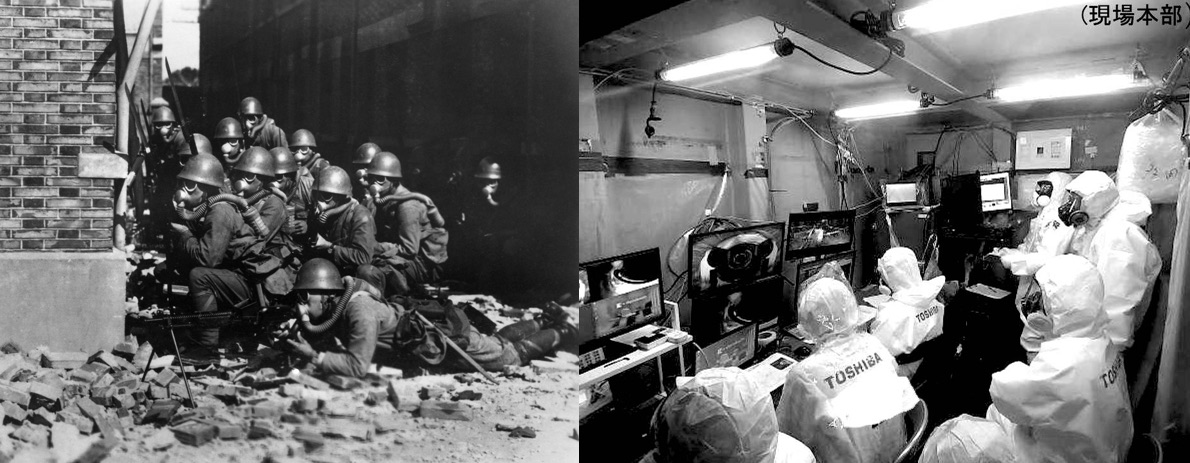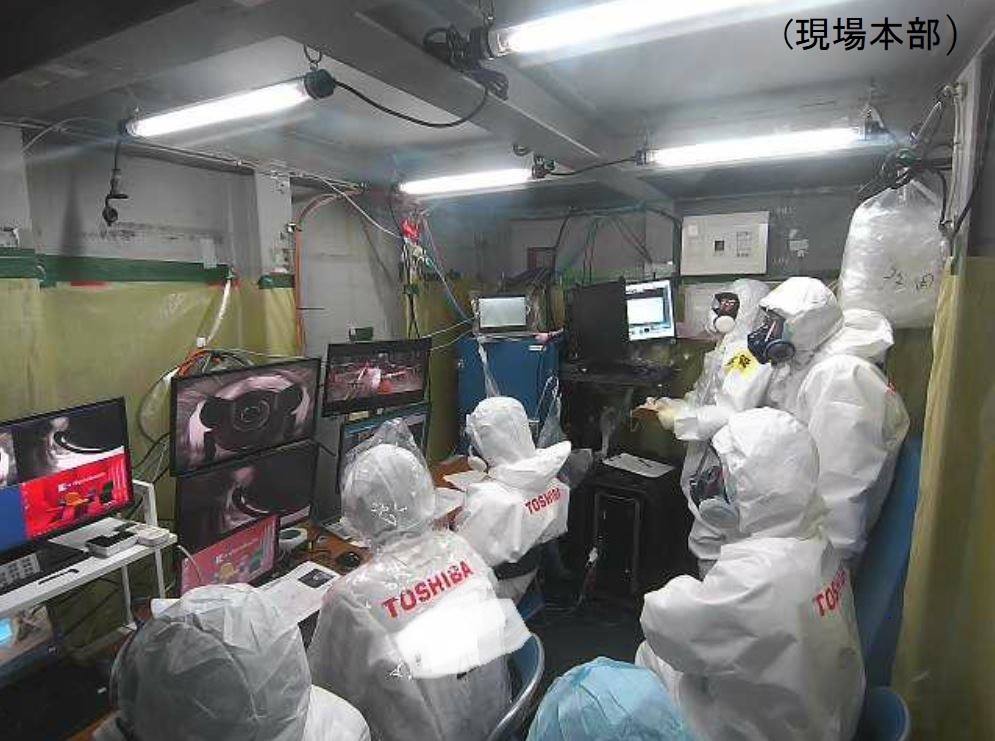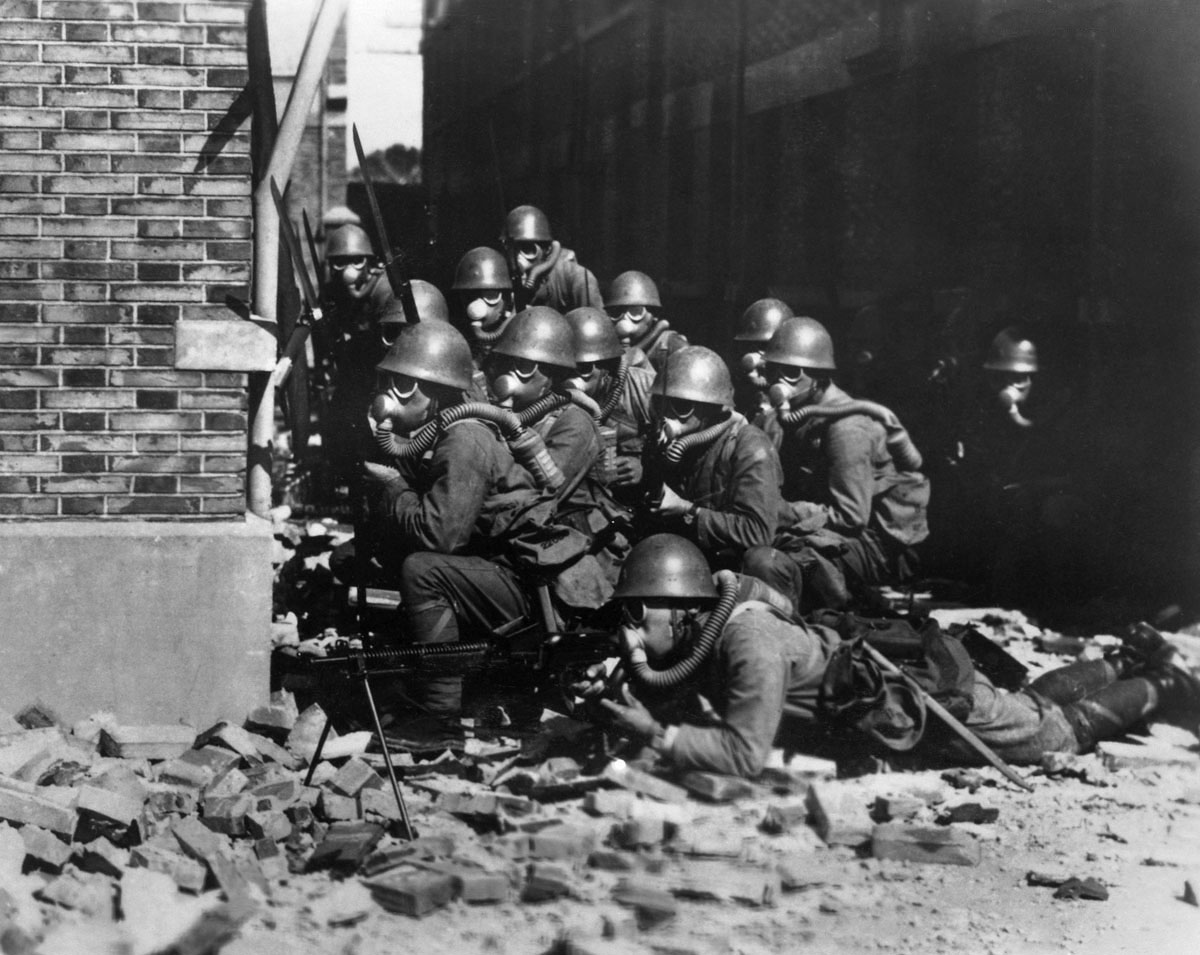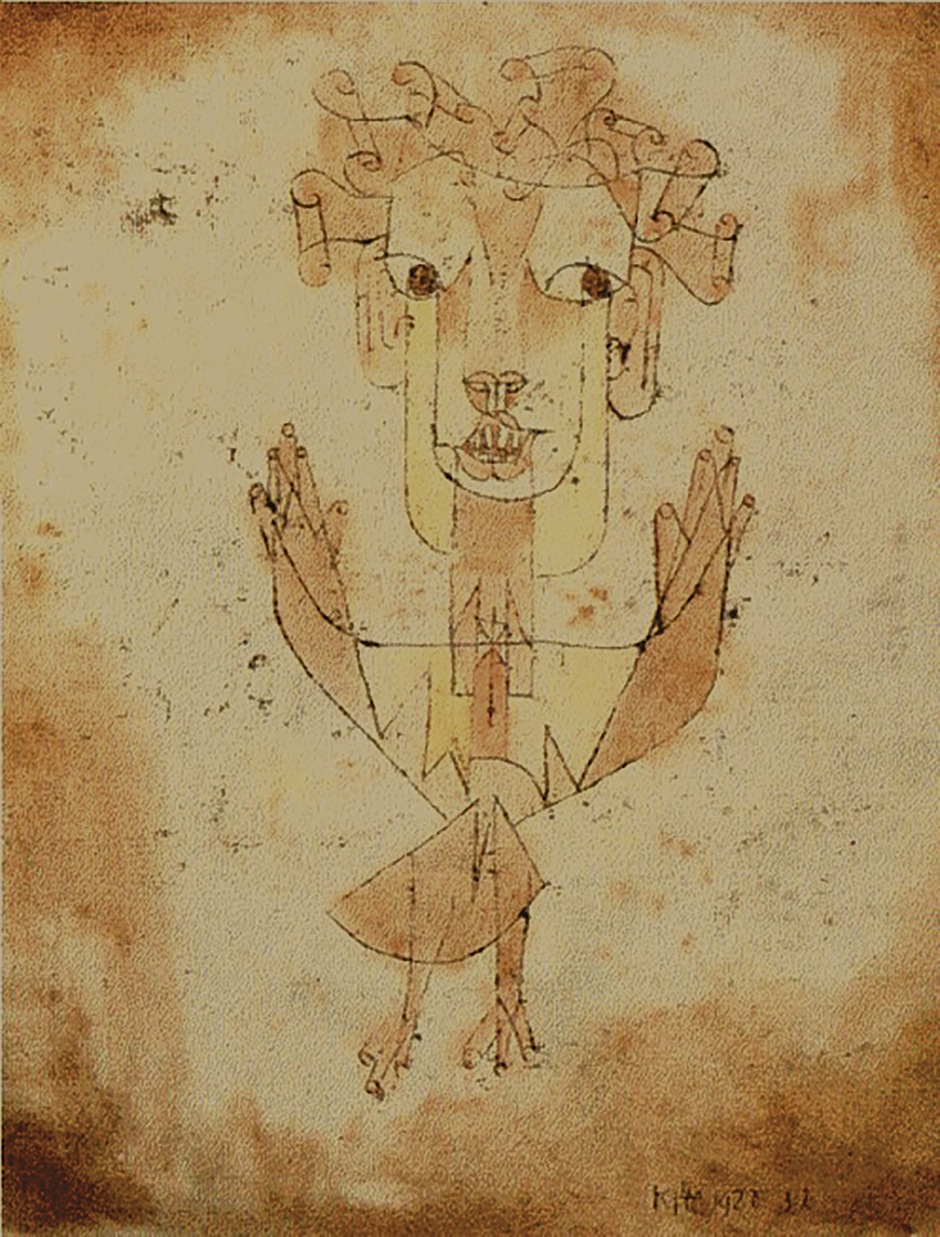Loin du Fukushima, 2011- ∞
Paul Klee,
1879-1940
Mitzub'ixi Quq Chi'j
At 580 kilometers, it is far (or perhaps not so far) from Osaka to the Fukushima Daiichi Nuclear Power Plant. Although it has been not even two years since the explosion at the nuclear plant, I feel in my heart that my distance from Fukushima has only grown each day. It just feels like…I don’t know, like so much has happened.
The out-of-control accumulation of contaminated water with Tokyo Electric’s and the government’s efforts to stabilize the nuclear cores. The decontamination efforts in areas around the plant. The Asahi newspaper’s early 2013 news report of scandal surrounding the !ow into a local river of excess contaminated material because the decontamination efforts had confronted amounts of radioactive material “beyond expectations.” The medical research project centered at Fukushima Medical University on the effects of radiation on residents. And then newly elected Prime Minister Abe Shinzo, fresh from taking of"ce on December 26, 2012 as well from a visit to the nuclear disaster site, announcing that he would promote “new nuclear power plants” for Japan. With just one exception, it all seems so unreal to me when I call to mind that continuing series of “state projects,” the ones that have already happened and those that will happen in the future. My goal here is to explain that one exception.
I was born in 1956, so I was 22 in March 1979 when the Three Mile Island nuclear accident occurred in Pennsylvania, along with coincidental release of the movie The China Syndrome that multiplied the sense of terror. I was 29 in April 1986, at the time of the Chernobyl nuclear disaster in the former Soviet Union. I experienced that from afar too, as I was living at the time in Tegucigalpa, the capital of Honduras. Having entered college late, more than five years after protests during the 1968–1969 “student power” movement shut down a number of universities, my generation was known as the “three no’s”: no willpower, no interest, no responsibility. Through all of this, the Liberal Democratic Party (LDP) maintained its long-term control over the government. While we had no interest in political participation under these circumstances, we continued to be anxious about nuclear power—a.k.a., the “light of civilization” that allowed us to be prosperous.
From our childhood days, we have been educated in “antinuclear weapons nationalism,” constantly reminded that Japan is the only nation to have suffered atomic bombings, making me suspicious of the shadow of the United States and of the American army that accompanied the brilliant “peaceful use of atoms” agenda. What I cannot believe today is how LDP Diet members repeatedly told us that what sustained Article IX of the Japanese Constitution, which renounces the right to war (and that we have heard makes Japan the pride of the world) was the American nuclear umbrella that protected us from the military threat posed by the communist bloc. This extreme ambiguity surrounding the atom marked our younger years, so it is not difficult to imagine why we were suspicious of nuclear power. One might even say that for us, environmental movements and anti-nuclear activities were the source of our ideology, not to mention of our own challenges to authority.
So when the accident took place at the Fukushima Daiichi plant, the first thing I felt was shame: shame that perhaps if my generation had actually maintained an organized anti-nuclear movement from the early 1970s through today, then Japan would not be an insane collection of islands loaded with nuclear reactors. On the one hand, we received the benefit of nuclear power, while on the other hand we heaped scorn on the people of local communities who gladly took subsidies as they hosted them. It’s shameful, because we were, of course, in the same ethical arena.
This is déjà-vu—times two—for me, this bitter feeling. I first felt it in Guatemala, when I was interviewing families of the victims of the Guatemalan Civil War (1961–1996). The stories of the horrific torture and abuse inflicted on indigenous people there by the Kaibiles, the Guatemalan Army’s special forces units, were so gruesome that they raised goose bumps, and it was impossible not to tear up while listening to these accounts of assaults on the victims and their families. I remember feeling that this was déjà-vu, that this is what it must have been like for the Chinese victims of the Japanese army in “our latest war ” (1931–1945). I ended up writing about this experience of déjà-vu, this feeling about Chinese peasants and indigenous peoples in the Guatemalan highlands, in my thesis.
This time, when I saw the images of workers in their protective outfits doing the nuclear core shutdown work in Fukushima, even though I realize there’s no connection, I had the same sense of déjà-vu, this time involving the soldiers themselves. I thought about the feelings and views of the “Japanese subjects” during that war, who were also far away: far away from China where Japanese soldiers were engaged in battle defending the “national interests” of Manchuria and the Japanese Empire. It’s strange, I realize, delusional. But in the horror of Fukushima since 3/11, that’s what feels real to me. And I feel that it is part of my job to give an honest account of this strange experience in explaining what it feels like to live through the Fukushima disaster.
Translation by Dr. David
Leheny

*Inside of the Fukushima Daiichi ex-Nuclear Plant, Feb, 13, 2019. Picture by the TEPKO holdings Co. Ltd.

JN Special Naval
Landing Forces troops in gas masks prepare for an advance in
the rubble of Shanghai. Chemical weapons were utilized against the
Chinese during the battle.
Links
- Loin du Fukushima, 2011- ∞
(original text in Japanese)
- [draft] Loin du Fukushima (English version)- password needed
Bibliography
- To See Once More the Stars. Naito, D, R. Sayre, H. Swanson & S. Takahashi (eds.), Santa Cruz, CA.: New Pacific Press, 259+262pp., 2014.(担当箇所:「記憶:フクシマから遠く離れて Loin du Fukushima」Pp.21-23: MEMORY: Loin du Fukushima, Pp.22-24.)
other
information

